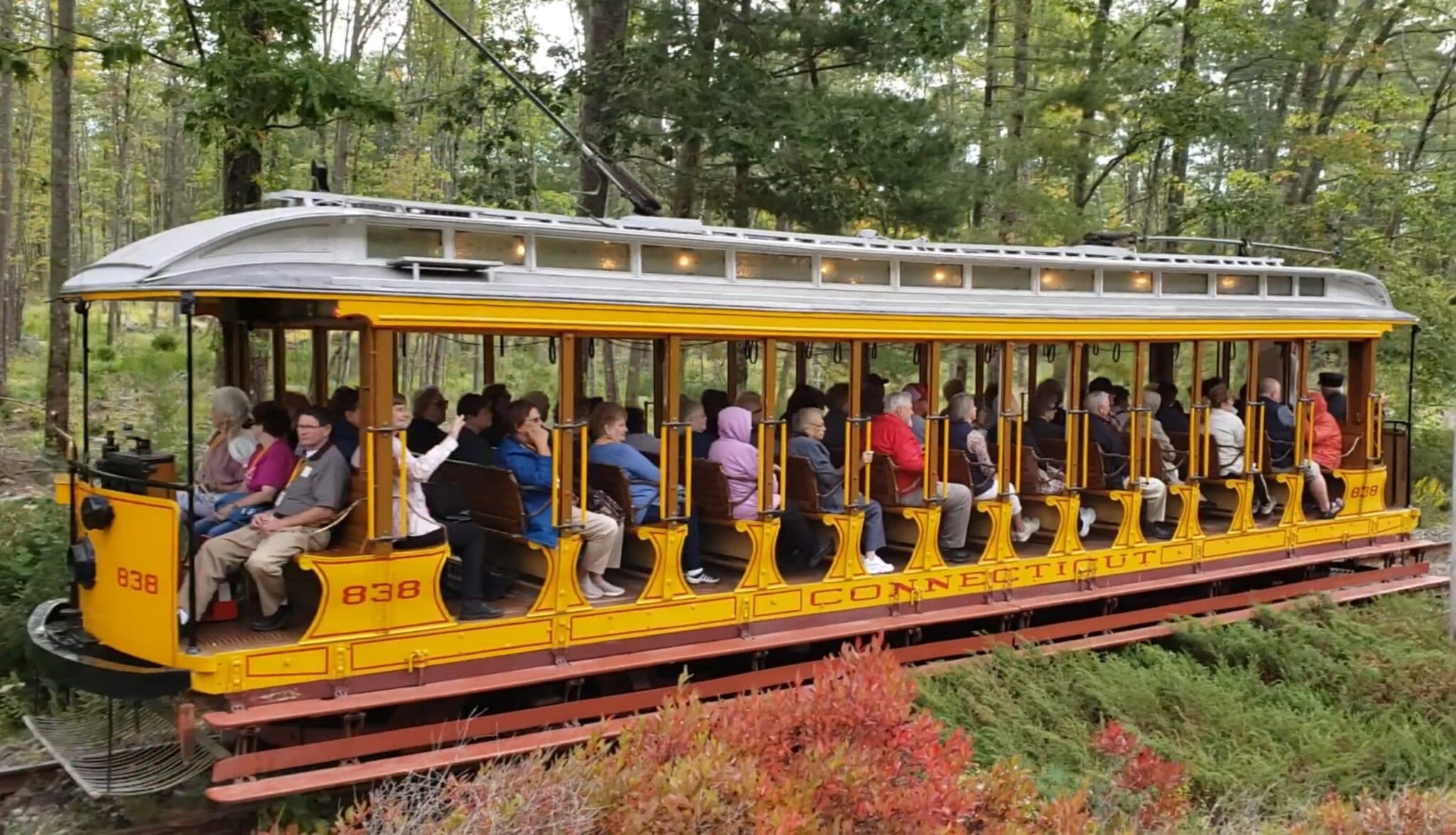

However, it would have to be moved to another location due to local ordinances that prohibited retired trolleys from being used as houses, even though this was not the rail fans' intention.Ī portion of farmland was rented on Log Cabin Road in Kennebunkport, adjacent to the right-of-way for the Atlantic Shore Line Railway's Kennebunk-Biddeford route, and the trolley was moved to it. The railroad was willing to sell them a car (#31, a 12 bench open trolley) for $150. The rail fans decided to find out if they could purchase a trolley to preserve it for posterity. More and more trolley companies were doing this as the technology of buses had developed to the point that they were reliable and economical. The events that led to the formation of the museum started in 1939 when a group of railfans learned that the Biddeford and Saco Railroad were purchasing motor buses to replace its fleet of trolley cars. He graduated from Harvard University and led the museum until he died in 1987. Santarelli de Brasch was one of the founders of the museum, which was initially operated as the Seashore Electric Railway. The Morrison Hill Station at the Seashore Trolley Museum Of the museum's collection of more than 350 vehicles, ten trolley, and railroad cars that historically operated in Maine were listed on the National Register of Historic Places in 1980, as Maine Trolley Cars. The Seashore Trolley Museum is owned and operated by the New England Electric Railway Historical Society (NEERHS).

While the main focus of the collection is trolley cars (trams), it also includes rapid transit trains, Interurban cars, trolley buses, and motor buses. Seashore Trolley Museum, located in Kennebunkport, Maine, United States, is the world's first and largest museum of mass transit vehicles. New England Electric Railway Historical Society The museum will also continue to host Kennebunkport Parks & Recreation and Kennebunkport Public Health groups for free, and will offer discounted admission for Kennebunkport residents on general admission days.Biddeford & Saco car 31 is the first trolley ever preserved in the world. In exchange, for the next five seasons the museum will continue to allow tour buses visiting the town to park at the museum, alleviating traffic in Dock Square.

“Seashore Trolley Museum would like to thank the town of Kennebunkport for waiving the permit fees for this project, as well as their model railroad building project, which likely would have surpassed $40,000,” wrote Katie Orlando, in an email. The new building is currently in the pre-construction phase, with the goal to begin construction in September 2022. RW Gillespie (Biddeford) is providing geotechnical services. Sebago Technics (South Portland) is providing the site and civil engineering for the building. The museum is working with Fairfield, Maine-based Sheridan Construction. The new carhouse will be a pre-engineered Butler building with a steel frame and corrugated steel sheets for siding and roof.

The historic track used in the yard of the current building, rescued from South Boston, Massachusetts, in 1953, will also be preserved and used in the yard leading to the new structure. Seashore Trolley Museum’s historic trolleys will be better preserved in the new carhouse. The concrete floor will make walking through the building easier for both visitors and volunteer trolley operating crews. To help preserve these very trolleys, the building will be insulated to slow temperature and humidity changes, and installation of heat/air conditioning units is being investigated. It is anticipated that the new South Boston will house primarily operating fleet cars the trolleys that operate for the public each day the museum is open. As part of this building project, the historic track from South Boston will also be preserved and used in the yard leading up to the new carhouse. They reassembled the track at Seashore in 1955. After streetcar service to South Boston was abandoned in 1953, Seashore volunteers bought the nearly-new track from the contractor demolishing North Point. The origin of the South Boston name refers to the yard track that feeds into the current carhouse, sourced from North Point Carhouse in South Boston, Massachusetts. The current interior of South Boston carhouse exposes the trolleys stored there to the weather, and to the moisture from the exposed ground.


 0 kommentar(er)
0 kommentar(er)
